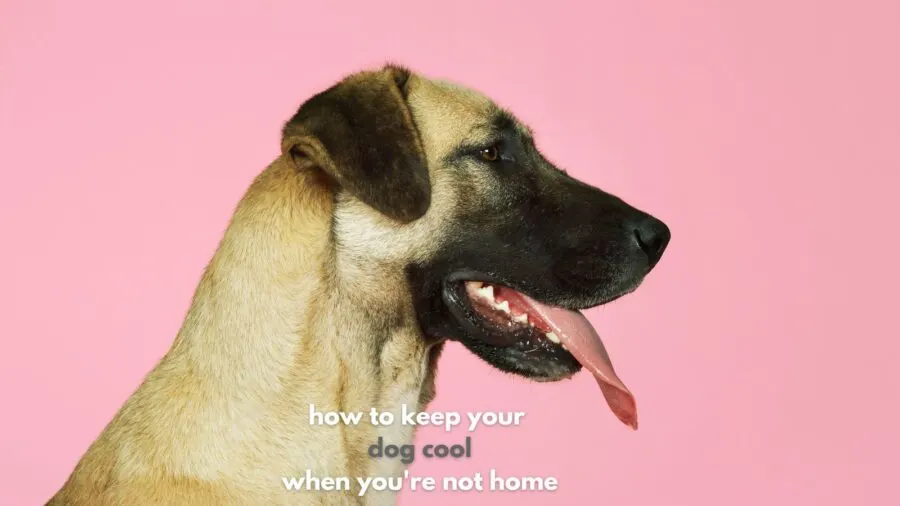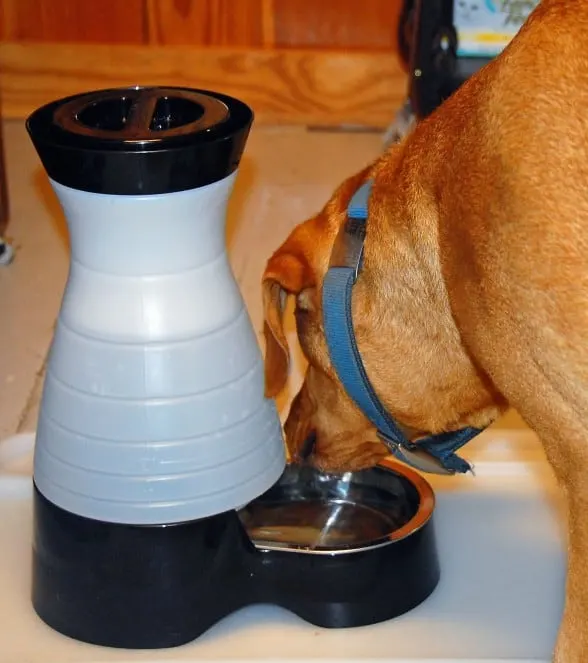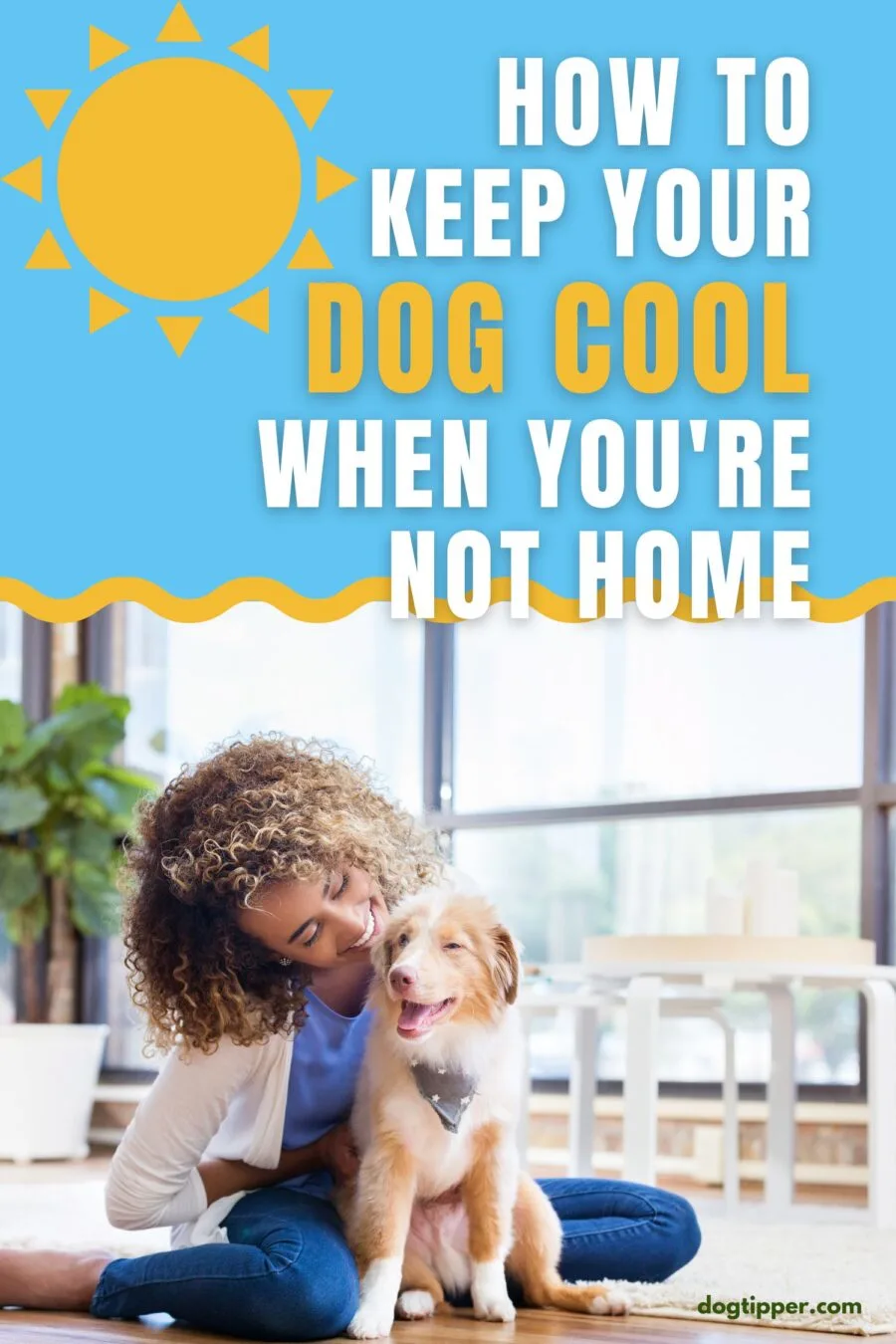I just walked out on our front porch, and it’s already 105 degrees out there…so when these tips on how to keep your dog cool when you’re not home came in from TXU Energy and the SPCA of Texas, we knew we had to share them!

TXU Energy shared things you can do to conserve that won’t stress your pets as well as do’s and don’ts, consulting with the SPCA of Texas’ experts and veterinarians on how energy efficiency can affect indoor pets in the summer.
This led to the following six tips:
Set your thermostat at 78 degrees while you’re out.
You can set your thermostat to a higher temperature when nobody is home, but if you have a dog or a cat indoors, don’t set it higher than 78-80 degrees and don’t turn off your air conditioner.
If your dog has a health condition, be sure to check with your vet on a good temperature setting. A programmable thermostat can make controlling your indoor temperature easy; and, with some models, you can do it via the Web or your smartphone.
Turn off lights and ceiling fans.
To avoid wasting electricity, leave these off in rooms you’re not using, whether you’re home or away.
According to the SPCA, if your pets are home indoors without you, natural lighting is the most soothing, even if it’s filtered by blinds, drapes or outside awnings.
And, while the breeze of a ceiling fan against your skin may help you feel cooler, your pets don’t notice the difference like you do.
Treat sunny windows to reduce glare.
While many pets enjoy basking in the sunshine that comes in from windows, remember that the sun’s glare can affect the indoor temperature in your home, leading your cooling system to switch on more frequently.
Consider treating your windows with solar film, or close most of the blinds and drapes (OK, maybe not your dog’s favorite one…) to filter the light that can increase indoor temperatures.
Turn off TVs, radios and music.
Leaving home electronics like TVs, radios or music turned on may keep your dog active in the daytime hours versus getting rest and relaxation while you’re away.
According to the vets at the SPCA of Texas, this might make them lethargic once you’re home.
So, if you want to spend quality time with them when you’re home, consider leaving these electronics turned off during the day—especially for cats, who are nocturnal by nature.

Leave out plenty of water.
Regardless of the indoor temperature settings, be sure to leave plenty of water around for your pets to drink.
You can drop ice cubes in their water bowls to keep their water cooler longer.
And while some people leave faucets dripping to encourage their pets to drink, this wastes water and the electricity used to transport it to your home.
A more energy-efficient option is a pet fountain that circulates water and uses minimal amounts of electricity.
Seal air leaks.
You can keep more of your household budget for pet treats, toys and pampering if you avoid wasting the electricity that helps to cool your home.
So, be sure your windows, doors and fireplaces are sealed to keep cool air from leaking out of the house when it’s hot outside.
In the summer, air leaks can cause your cooling system to run more frequently. This uses more electricity and can lead to higher bills.
Related Posts
How to Keep Dogs Cool on Hot Summer Days
12 Tips for Keeping Your Dog Cool in the Car
10 Vet Tips for Safe Summer Dog Travel
Pin it to remember

- Review: Jimmy BX7 Pro Anti-Mite Vacuum Cleaner - December 16, 2024
- 🎉 GIVEAWAY: Lord of the Pets Portrait of Your Dog! - November 26, 2024
- Review: Lord of the Pets Portraits - November 17, 2024
